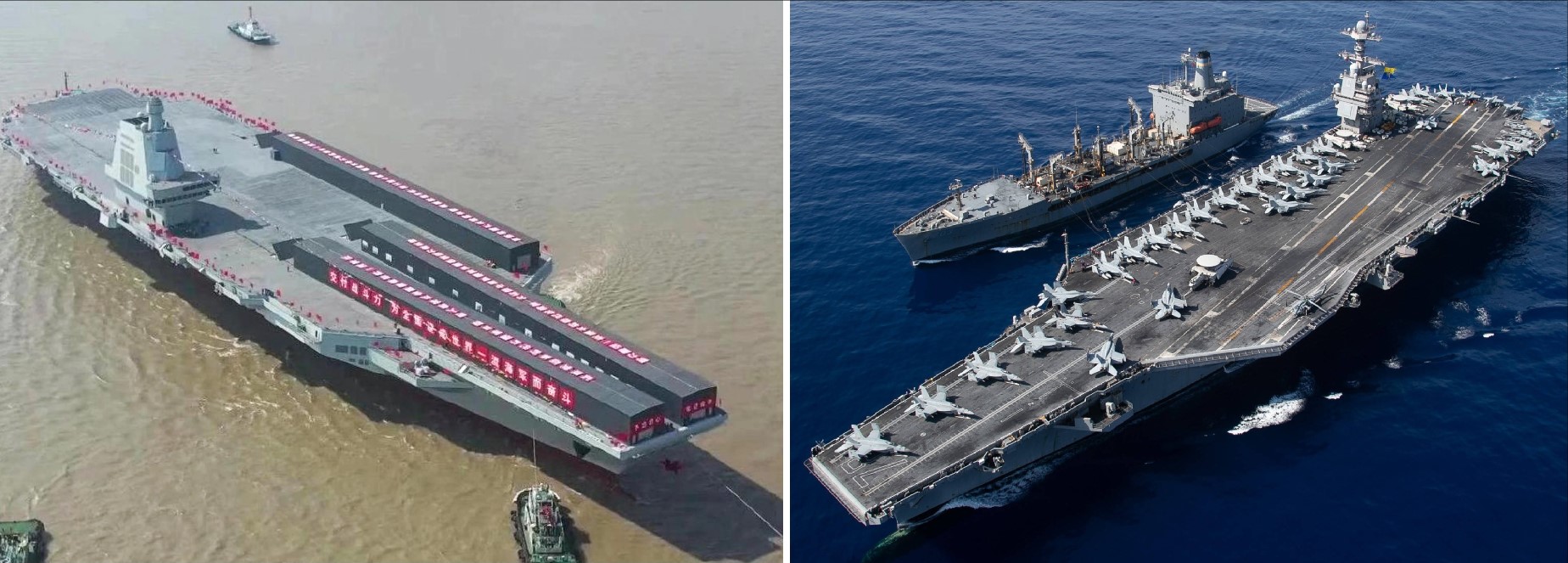China Unveil Deep-Sea Cable Cutter Could Change Underwater Warfare and Global Power Struggles

China has unveiled a deep-sea cable-cutting device with the capability to sever some of the world’s most fortified underwater communication and power lines. This development could dramatically alter global maritime security, raising concerns among world powers about the potential for strategic disruption.
The new tool, capable of operating at depths of up to 4,000 meters—twice the maximum range of most undersea communication cables—marks a significant leap in subsea technology. Designed by the China Ship Scientific Research Centre (CSSRC), it is intended for integration with China’s advanced crewed and uncrewed submersibles, such as the Fendouzhe (Striver) and Haidou series. While officially introduced for civilian purposes like seabed mining and salvage operations, its dual-use potential makes it a formidable asset in modern geopolitical conflicts.
A Technological Breakthrough with Strategic Implications
Underwater communication cables form the backbone of global connectivity, carrying 95% of the world’s internet and military communications. These cables are heavily reinforced with steel, rubber, and polymer sheaths to resist damage. However, China’s new device, featuring a diamond-coated grinding wheel spinning at 1,600 rpm, can cut through them effortlessly. Unlike traditional cutters, which struggle against steel-reinforced cables, this new tool has been engineered to function under extreme deep-sea pressures exceeding 400 atmospheres.
The device is compact and energy-efficient, with a one-kilowatt motor and an 8:1 gear reducer to ensure both precision and power. It can be operated remotely via robotic arms in near-zero visibility, leveraging advanced positioning technology to avoid errors. This capability allows it to cut critical cables with stealth and precision—without the need to surface.
A New Dimension in Geopolitical Conflict
The implications of this technology extend far beyond marine research. In a geopolitical crisis, cutting undersea cables at key locations like Guam—a critical hub for U.S. military and civilian communications—could disrupt entire regions’ connectivity. The U.S. and its allies heavily rely on secure undersea infrastructure for both civilian internet access and military operations, making such an attack a potential nightmare scenario.
The timing of this revelation is also significant. China has been rapidly expanding its deep-sea capabilities, operating the world’s largest fleet of manned and unmanned submersibles. In contrast, the U.S. Navy’s deep-sea fleet is aging, and Japan’s only crewed submersible, Shinkai 6500, is nearing retirement without a replacement in sight. With China already working on a 2,000-meter-deep undersea space station in the South China Sea, its dominance in the oceanic domain is becoming more evident.
The Future of Undersea Warfare
While China insists that the tool is meant for marine resource development, its strategic potential cannot be ignored. The possibility of stealthy, unmanned submersibles severing key communication lines without leaving a trace has already sparked discussions in military circles. The destruction of Russia’s Nord Stream natural gas pipeline during the Ukraine war remains a mystery, proving that underwater sabotage is no longer a hypothetical scenario.
As global superpowers race to secure their undersea assets, the world’s next major conflict may not be fought on land or in the air, but beneath the ocean’s depths.
✍️ This article is written by the team of The Defense News.






